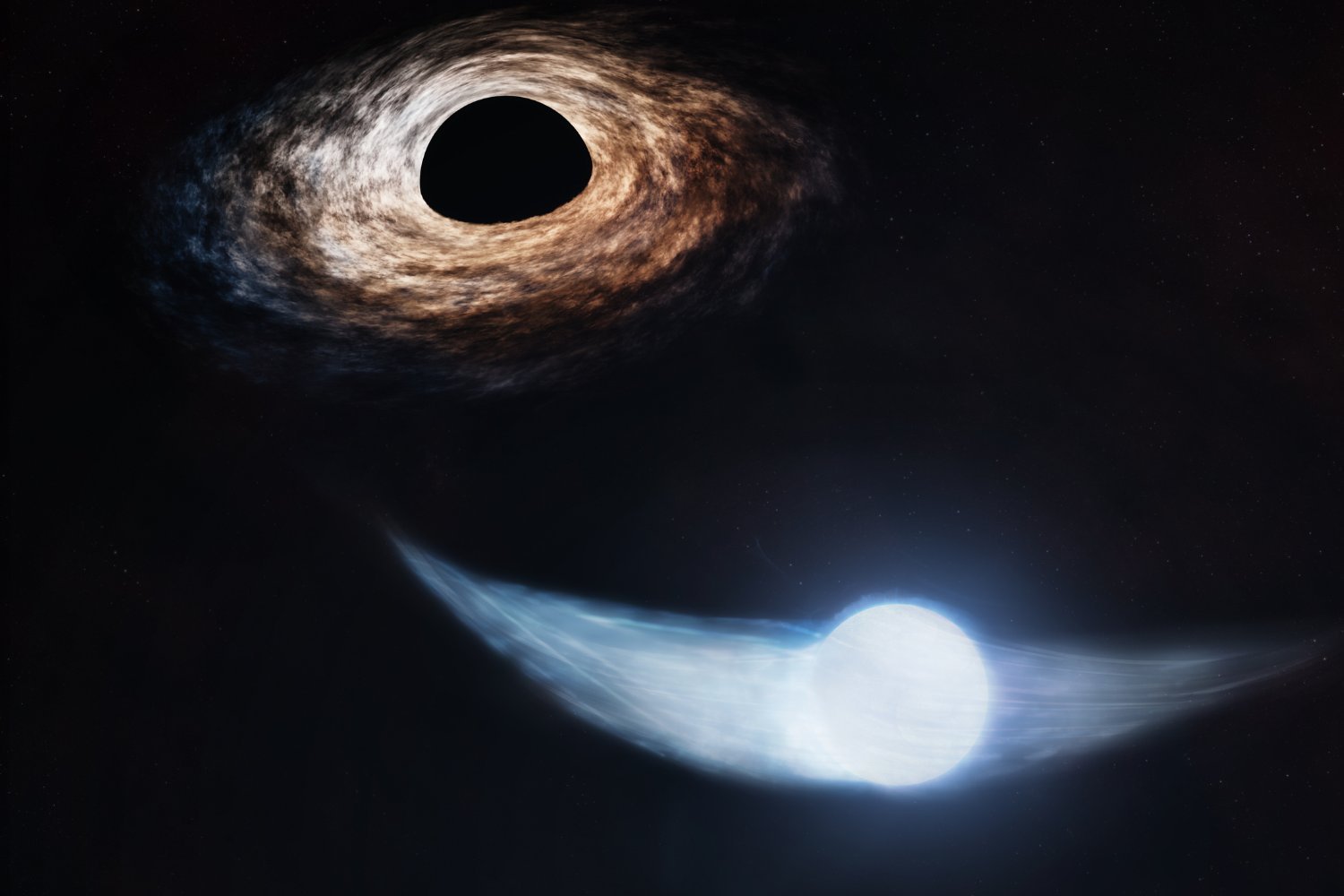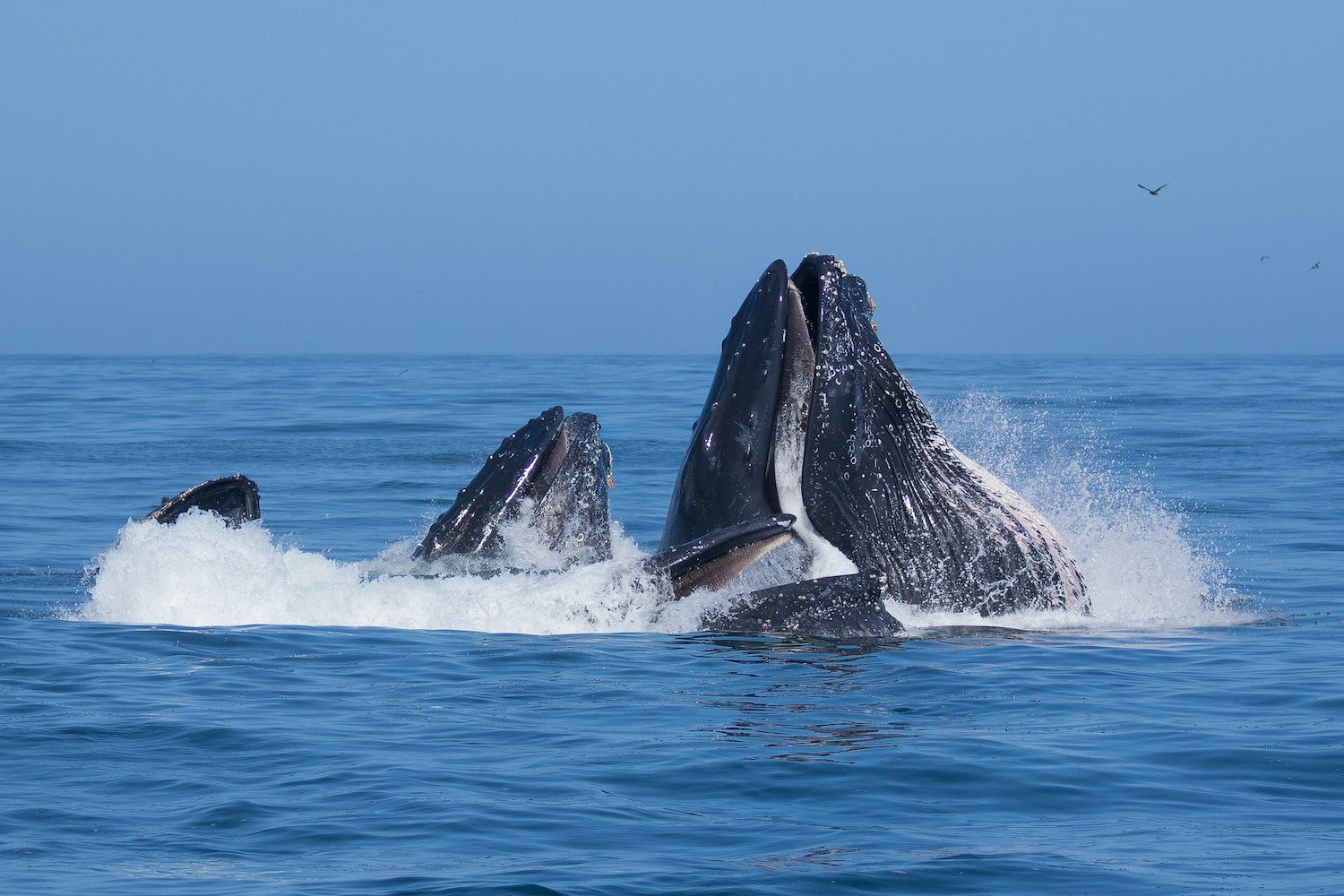Astronomers have precisely measured the feeding schedule of a supermassive black hole nearly one billion light-years from Earth, giving the team an estimate for when its next meal might be.
The black hole is about 50 million times more massive than our Sun and sits at the core of a galaxy about 860 million light-years from Earth. In 2018, the system containing the black hole rapidly brightened; follow-up observations by several NASA telescopes indicated that the black hole had gobbled up a star that had flown too close to its event horizon, the gravitational maw beyond which not even light can escape.
The event was a tidal disruption, in which a passing object is pulled apart by the gravitational force of a black hole. Tidal disruption events are brilliant in the night sky, especially at X-ray and ultraviolet wavelengths, allowing telescopes like the Chandra X-ray Observatory to spot them.
Two years later, the same system brightened again, indicating that the star had actually survived the earlier event but instead was being slowly picked apart by the ravenous black hole. The team’s findings were published last year in The Astrophysical Journal Letters, but new data taken this month by the Chandra X-ray Observatory confirms the black hole’s snacking schedule.
“The telltale sign of this stellar snack ending would be a sudden drop in the X-rays and that’s exactly what we see in our Chandra observations on Aug. 14, 2023,” said Dheeraj Pasham, an astrophysicist at MIT and lead author of the research, in a NASA release. “Our data show that in August last year, the black hole was essentially wiping its mouth and pushing back from the table.”
After seeing the black hole consume the star stuff, the team predicted another round of tidal disruption in August 2023. That observation came to pass. In their 2023 paper, the team predicted a “subsequent rebrightening” in March 2025. In today’s release, study co-author Eric Coughlin that if the star is not already obliterated, the black hole’s third meal will occur between May 2025 and August 2025.
The team plans to keep an eye on the tidal disruption event to better understand how black holes interact with their environments. And of course, may a note in your calendars for summer 2025—it may be a brilliant one for X-ray enthusiasts.











Leave a Reply